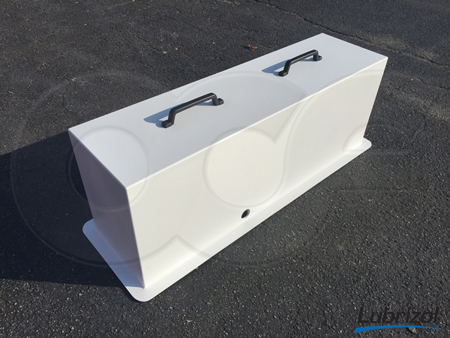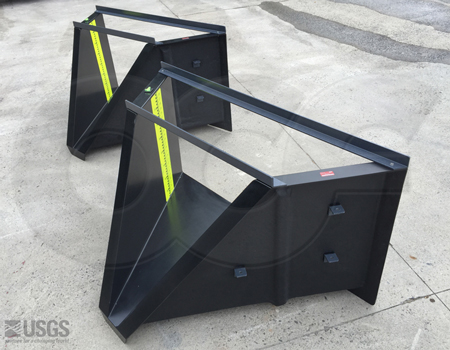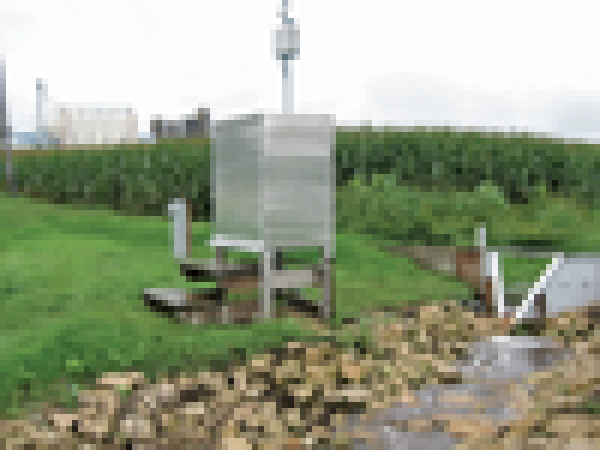This website uses a variety of cookies, which you consent to if you continue to use this site. You can read our Privacy Policy for
details about how these cookies are used, and to grant or withdraw your consent for certain types of cookies.
Using H Flumes in Cold Weather
As winter approaches, the problem of how to continue accurate flow measurement raises its ugly head. The flumes most affected by cold weather are those that are measuring runoff flows. These are typically H Flumes mounted at or above grade and usually don’t see continuous flows. As a result, they tend to be more susceptible to blockage, submergence, and frost heave.
Over the years Openchannelflow has developed a number of passive and active approaches to keeping these flumes clear. Some of these include:
Insulated Flume Covers
Insulated flume covers work well when the flow stream is somewhat warmer than atmospheric conditions or where supplemental heat (typically radiant) can be introduced. The cover keeps snow / ice out of the flume, while the insulation keeps what heat is present (or introduced) from escaping. For H Flumes, the covers are usually over the approach section, but if desired they can also be fabricated to cover the flume itself.

Dark Gel Coats
In applications where power is not available, dark gel coats are offered to help trap solar radiation. Here the entire flume is provided with a black gel coat (think paint) on all surfaces. This approach works best at sites where the flume can be kept free of snow around the flume and where the site isn’t shaded.

Embedded Heat
The most successful way to keep flows from freezing in the flume is to provide heat to the flume itself. For those applications Openchannelflow embeds custom heating elements in the flume’s laminate. The elements can be either self-regulating or they can be independently, thermostatically controlled.
The embedded heating elements can be applied to the floor, sidewalls, or even stilling well of a flume (or all three)!
While the standard differential between heated and non-heated flumes has been verified at 20º, this differential can be increased by incorporating more heating elements if desired.
An advantage of imbedded heat is that more elements can be concentrated where freezing / blockage is most likely to cause a problem. For H Flumes, this is typically at the nose / discharge of the flume and in / at the stilling well (if present). By increasing the number of heating elements in these locations, Openchannelflow can give its customers the greatest likelihood of cold weather measurement success.
While emebded heat does require A/C power, combined with a dark gel coat, it provides a flume with the greatest level of cold weather resistance barring putting the flume side a heated building!
Related Blog Posts
Explore more insights in our blog.

LOCATIONS IN ATLANTA, GA & BOISE, ID




